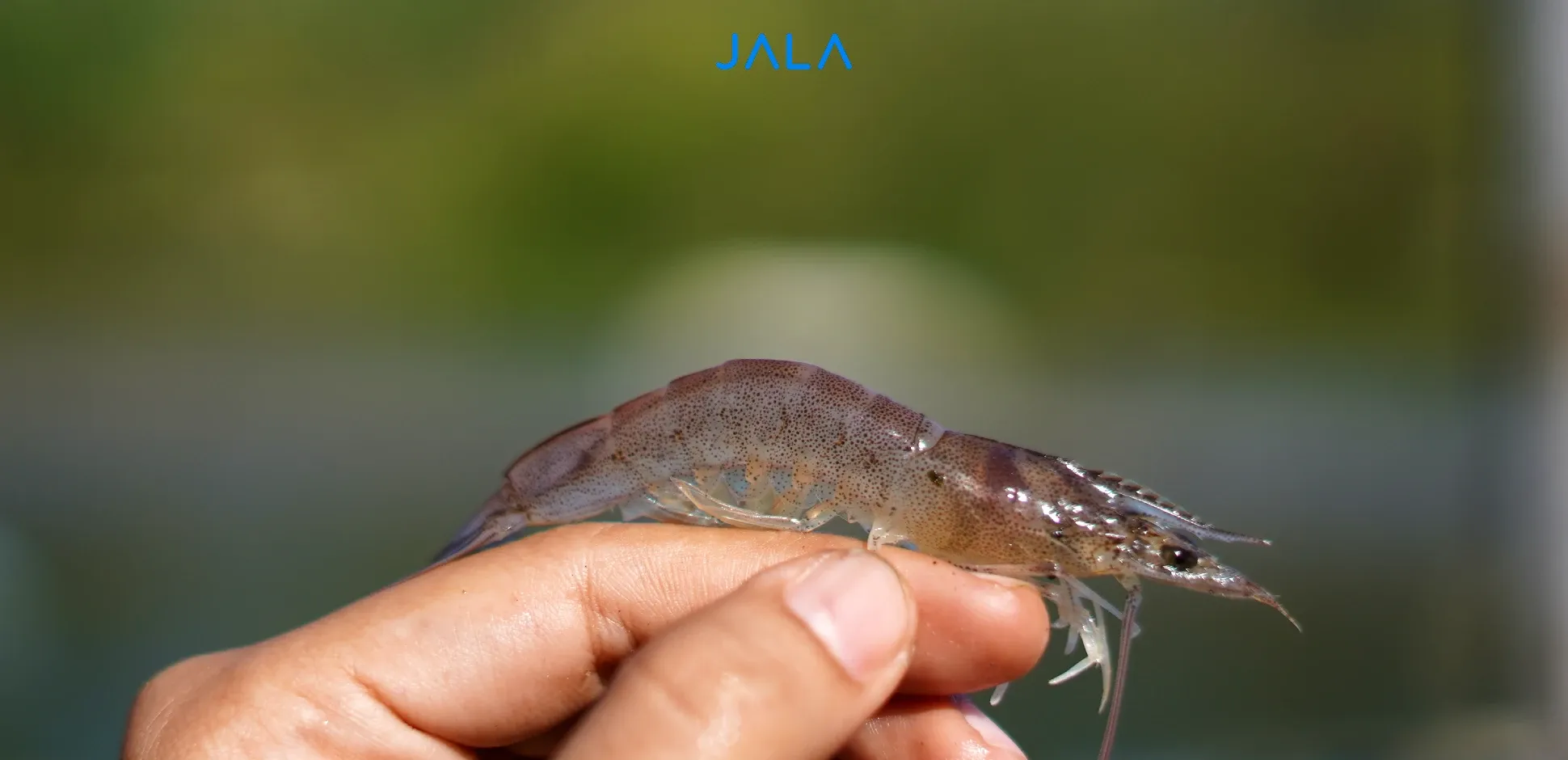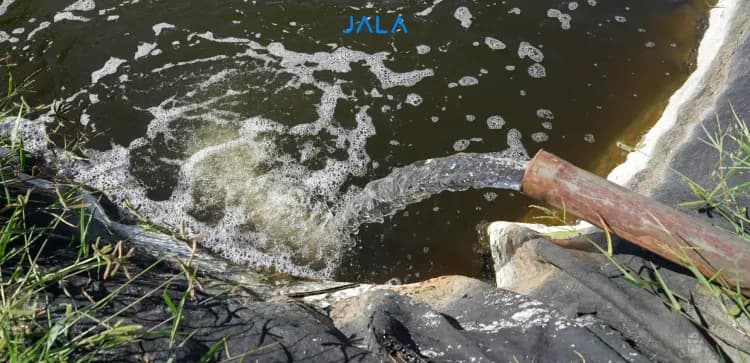
The vannamei shrimp life cycle consists of several stages, starting from eggs to finally becoming adult shrimp. Every developmental stage has different characteristics.
It is important to understand the life cycle of vannamei shrimp larvae to provide them with appropriate treatment. By understanding the life cycle of vannamei shrimp, you can identify their needs and adjust their surroundings.
What are the stages of vannamei shrimp life cycle and how should the larvae be treated? Read more in this article.
Contents
Related ArticlesLogin to Read the Full Article
Use your Jala account to read this article. If you don't have an account, please register on Jala App.





